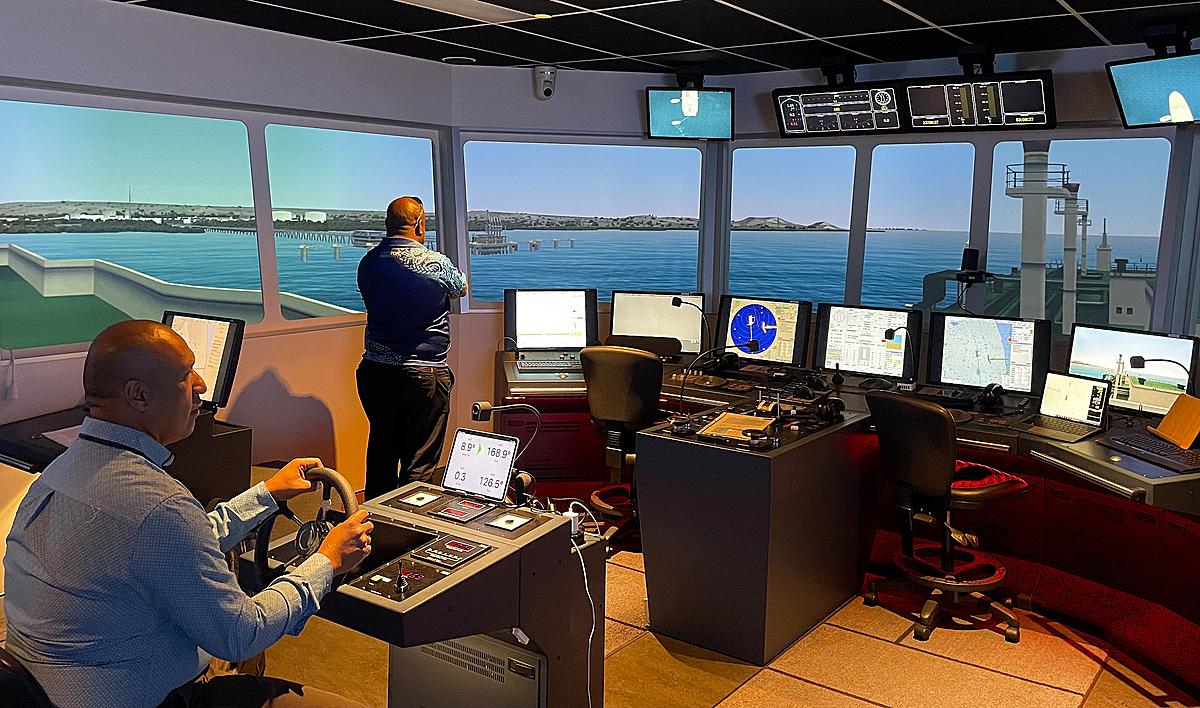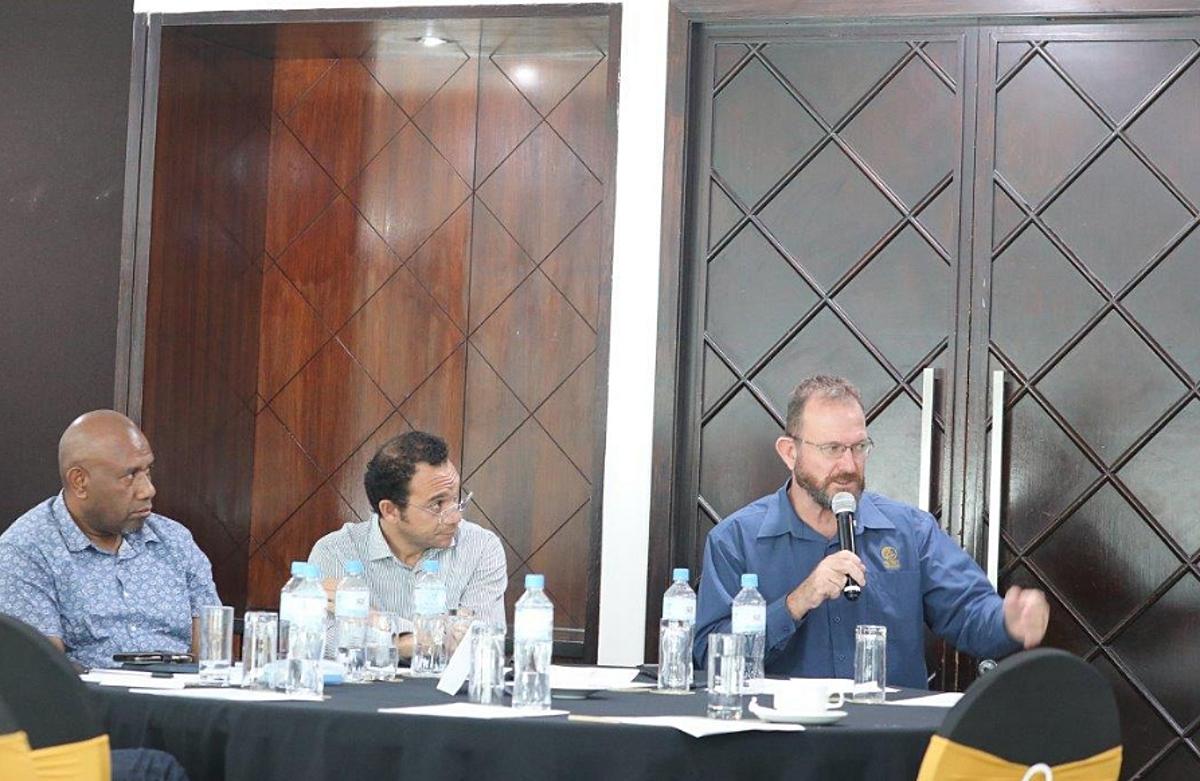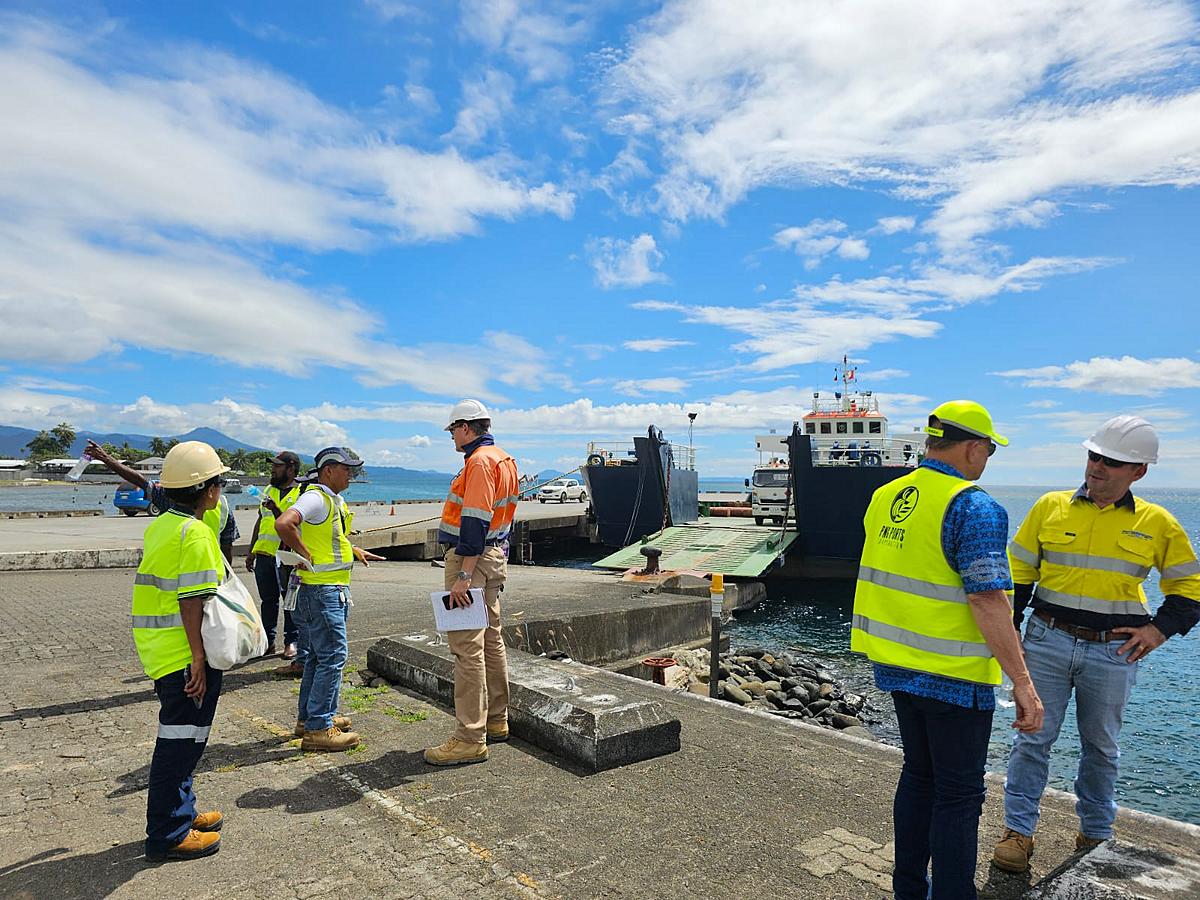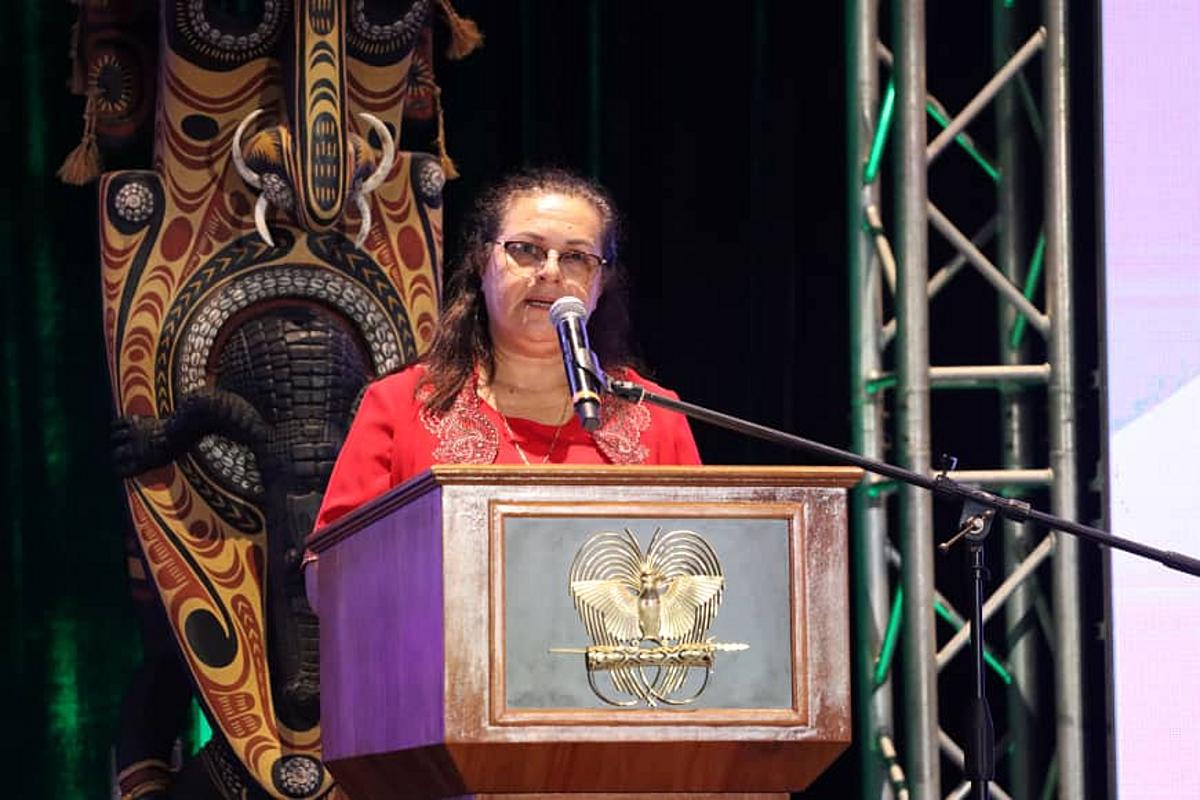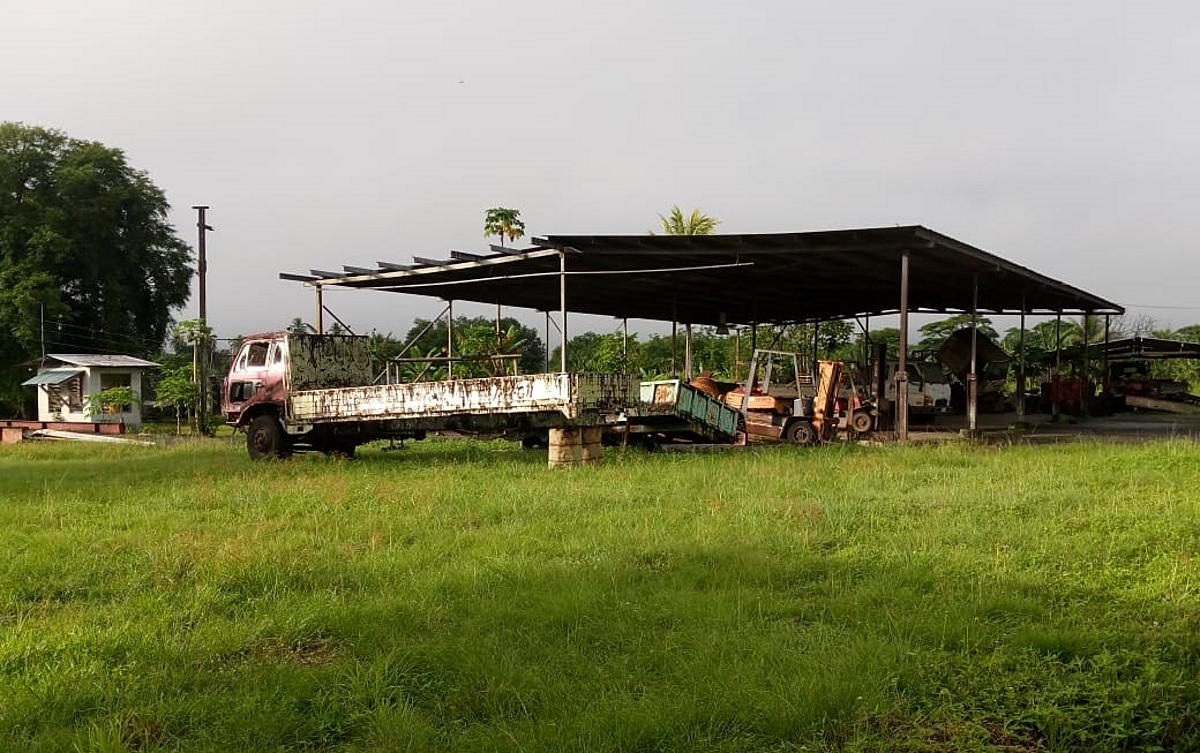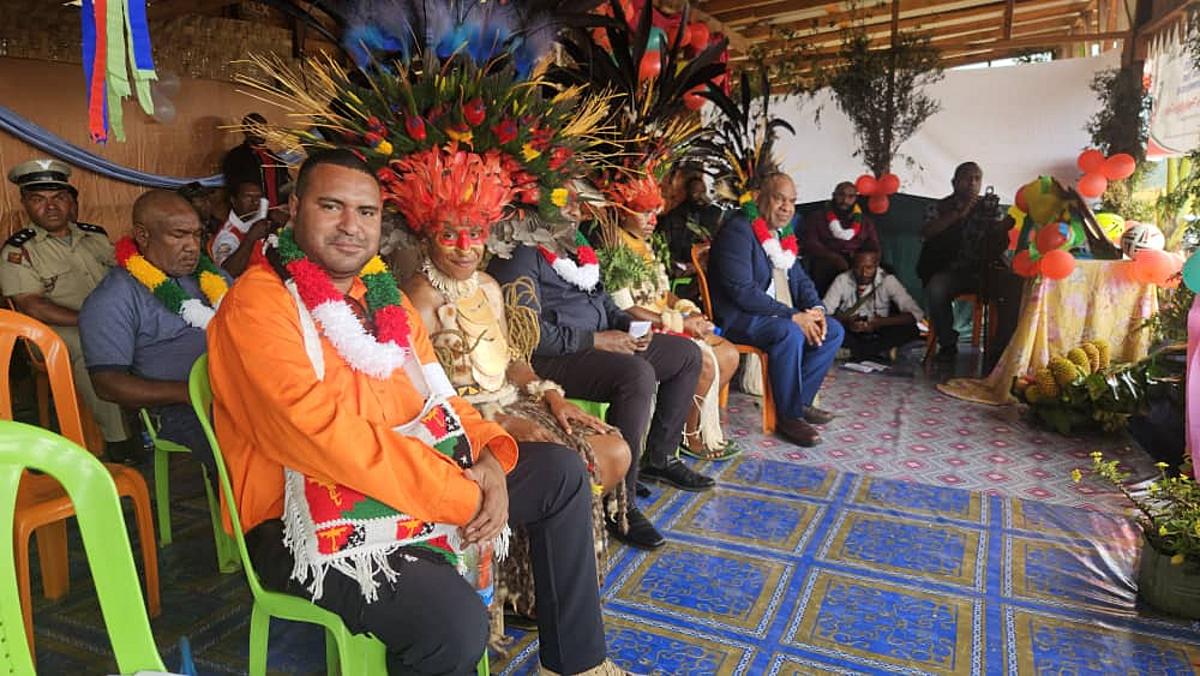PNG Ports Corporation (PNG Ports) is actively pursuing new business opportunities and courting new investment partners. The company is repositioning itself from being ‘all about ports’ to also being a major player in the country’s commercial and industrial real estate sector. This repositioning and appetite for new and different business is evident in PNG Ports’ development of the Lae Industrial Park right next to the nation’s busiest port.
As the owner of 15 ports, including the international terminals in Lae and Port Moresby, PNG Ports also owns hundreds of adjacent hectares of prime waterfront land. To date, this land has been largely underutilised. This is set to change, especially with regard to the proposed Lae Industrial Park, part of the Lae Port Development project.
Situated on the western side of the Lae Tidal Basin, the long-awaited development already has 45 hectares of hardstand, a sealed network of roads, utilities, storm water drainage and road lighting.
PNG Ports CEO Neil Papenfus describes Lae Industrial Park as “the perfect solution for businesses wanting to realise the cost, operational and logistical efficiencies of being located right on the doorstep of a modern, international port, and one that is strategically located close to major shipping routes connecting Asia and Australia.”
Prospective tenants for the development include those with manufacturing and processing requirements, as well as businesses needing all kinds of storage (e.g., laydown yards, warehousing, general cargo, dangerous goods). Office complexes can easily be accommodated, and separate zones are available for a ‘fuel farm’. Lae Industrial Park’s project staging capabilities are particularly good, given the sheer volume of land available, and of course the port.
Lae Port, the key drawcard for the development, has made impressive gains in efficiency since international terminal manager ICTSI took over operations in 2018. An investment in new equipment such as gantry cranes has played a large role in the port’s transformation. The World Bank Container Port Performance Index (2023) rated Lae as more efficient than several other ports in the region, including Melbourne, Sydney, Brisbane, Auckland and Napier.
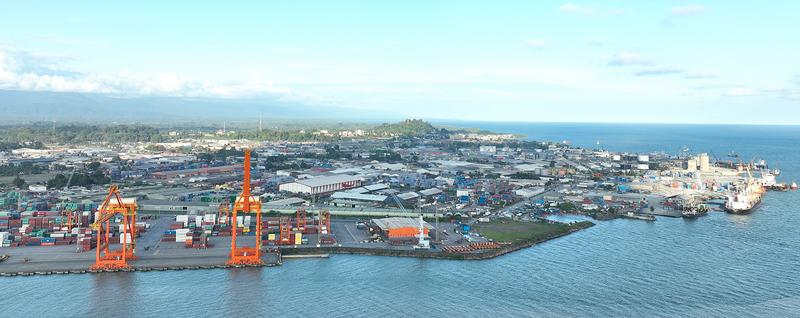
The potential for Lae Port to become a significant regional shipping and logistics hub will be boosted by a 150 metre extension of the international terminal’s wharf, allowing much larger vessels to utilise the facility. With funding provided by the Australian Government’s Australia Infrastructure Financing Facility for the Pacific (AIFFP), construction will likely commence in 2026.
Businesses that establish their operations at Lae Industrial Park won’t just have easy access to Lae Port. PNG’s industrial centre of Lae has a large, willing and able labour market and there are plenty of local businesses operating across a broad spectrum of industries to feed into the supply chains of the park’s tenants.
“Not only is PNG Ports open for business, but we are also hungry for business” says Papenfus. “We know we need to make it as easy as possible for businesses to set up their operations at Lae Industrial Park, or indeed at any of our Ports. This is why we’re asking business leaders to tell us what they need and how we can help them. For example, if they need a purpose built facility, we can partner with them on that. Likewise, if they require flexibility around leasing during construction, we can accommodate that.”
The development also represents the perfect opportunity for a new and fit-for-purpose dockyard. Not only is Lae PNG’s major shipping centre, but currently many vessel owners are increasingly unable to have emergency maintenance and mandatory dockings completed in-country at the existing Port Moresby facility. Papenfus believes that a Lae dockyard would not only better service PNG shippers but also those in the broader region, providing both Lae and PNG with a much needed economic boost.
Another drawcard for Lae Industrial Park is the potential for Special Economic Zone (SEZ) status and the tax advantages this brings. Papenfus reports that PNG Ports is working closely with government on an SEZ application for Lae port and the hundreds of hectares it sits upon.
Papenfus points out that the park is just one part of the major Lae Tidal Basin development that PNG Ports and the PNG Government are partnering on. “There are many more hectares of land to be developed, buildings to be constructed, and major infrastructure to be delivered in coming decades.”
PNG’s business community has largely come to terms with the delayed commencement of the Papua LNG construction phase. Many are now turning their attention to the opportunities availed by other major resource developments, in particular Wafi-Golpu but also Frieda River. Lae Port, given its proximity to these major projects, will be critical to their construction and businesses operating out of Lae Industrial Park will be ideally located to support (and prosper from) these developments.
In the meantime, Lae Port and Lae Industrial Park have an important role to play in the government’s ongoing desire to grow other export industries including agriculture, tourism and fisheries as a mechanism to lessen the nation’s reliance on the boom and bust nature of the resource sector.



